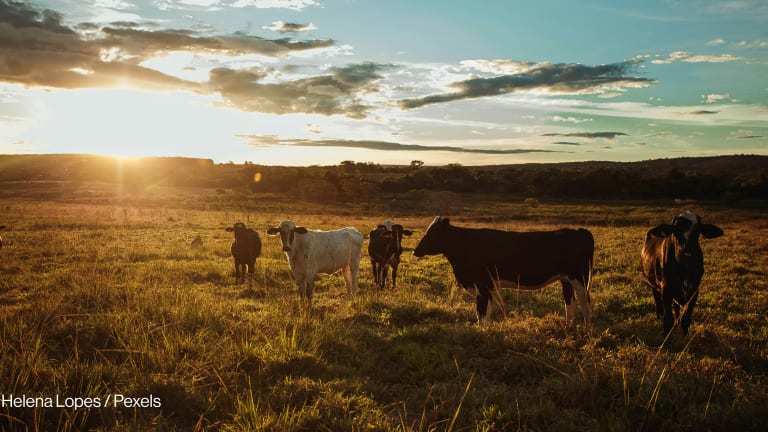Popular visions of a “net-zero” future are often depicted in the form of wind turbines, solar panels and electric cars. While the energy and transport sectors are essential to reducing our climate impacts, the agricultural sector must also be given the attention it merits to achieve change, given its substantial environmental footprint. Right now, large gaps in essential data are leaving decision-makers shooting in the dark at where best to focus agricultural emission-reduction efforts — and with better data, the world has a stronger chance to navigate the complexities of a sustainable food system transition.
Our food systems, from production through to consumption and waste, are responsible for one-third of human-made greenhouse gas, or GHG, emissions globally, and governments, businesses, and farmers need to invest meaningfully in reducing the sector's environmental footprint, particularly in high-income countries. This is also pressing in low- and middle-income countries, but there are still big gaps in data on livestock emissions and reduction strategies that can help the sector grow more sustainably, as it develops to meet urgent nutritional needs.
Achieving the Paris Agreement on climate change is not possible without ambitious changes across all sectors. However, it will be difficult to attract sufficient investment and optimize the impact of interventions if we are having to make educated guesses at what would work best in which context — from more sustainable agricultural practices to better land management, for instance.








